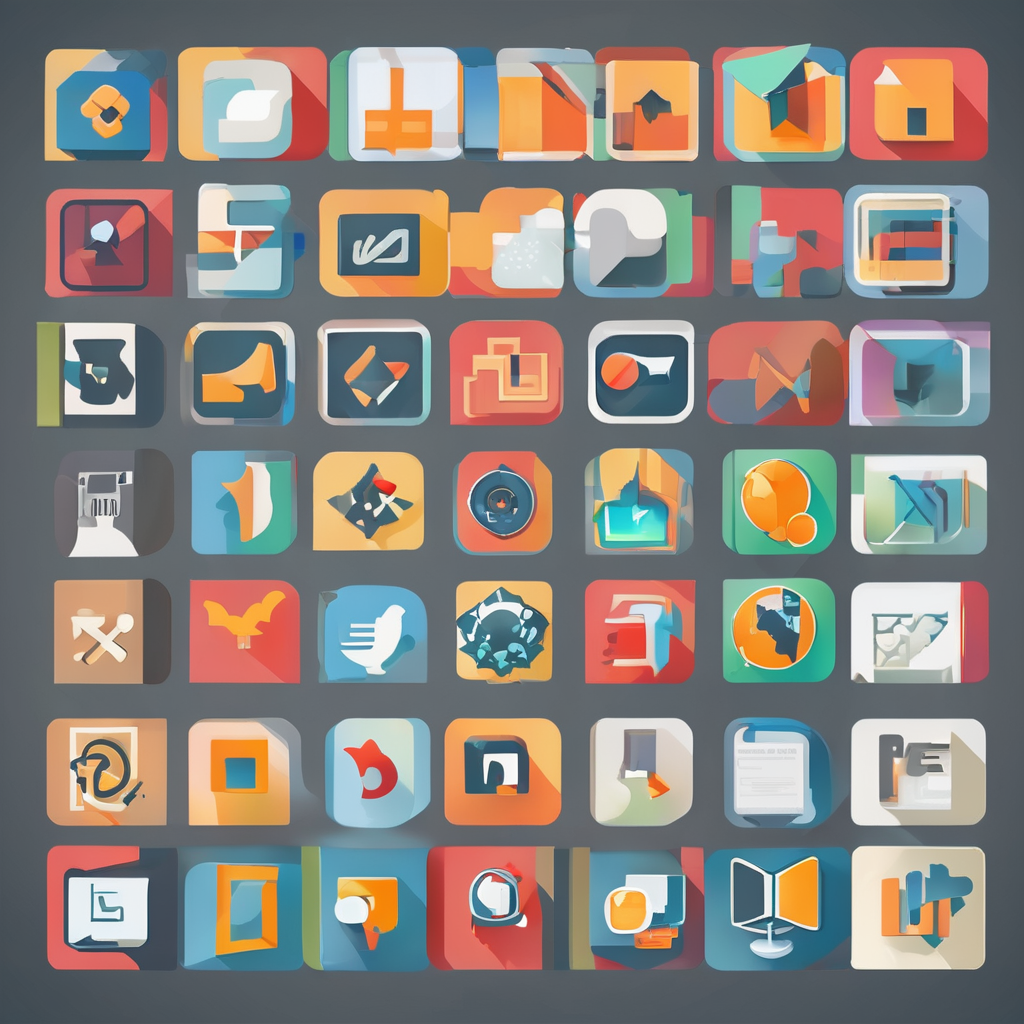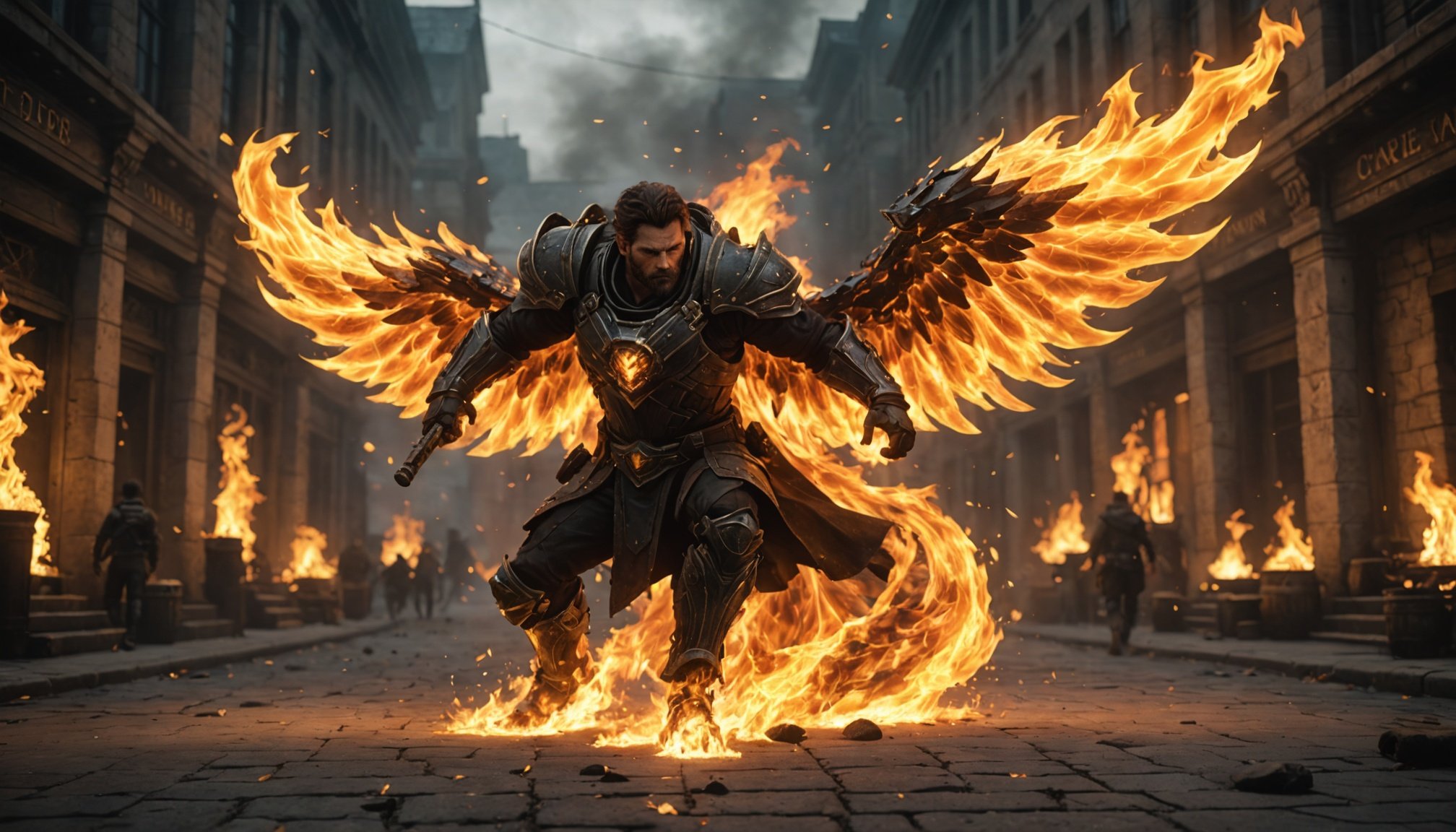Understanding Fire Effects in Gaming
Fire effects play a crucial role in enhancing narratives and immersion in games. A realistic depiction of fire can evoke emotions and increase player engagement. Visual storytelling leverages these effects to create breathtaking and suspenseful moments. Realistic fire behavior is characterized by its dynamic nature; it flickers, spreads, and dims over time, simulating unpredictable real-life fire. Integrating these nuances in a game amplifies realism, drawing players deeper into the virtual world.
Fire effects vary significantly across game genres. In action-adventure games, fires often serve as dramatic focal points or challenges to overcome, representing danger or urgency. In contrast, simulation games prioritize detail and accuracy, focusing on authentic fire behavior to teach or inform. Meanwhile, fantasy or sci-fi games allow for more creative liberties, using fire effects to emphasize magical or futuristic elements.
Also to read : Elevate Your Flight Simulation: Essential Elements for Creating Stunningly Realistic Cloudscapes
Understanding these variations is paramount for developers aiming to tailor fire effects to their game’s tone and genre. This ensures the fire’s role aligns with the story, from setting moods to driving action. With the right approach, fire emerges not just as a visual spectacle, but as a central narrative device.
Techniques for Creating Realistic Fire Effects
Creating realistic fire effects involves multiple fire techniques that enhance gaming realism. A primary method is the use of particle systems. These systems simulate the chaotic motion of fire by generating numerous small particles that collectively create a flickering effect. Understanding the lifecycle of these particles is crucial for realism. Particles need to grow, change color, and decay, mimicking the natural behavior of embers and flames.
Also to see : Transforming Educational Scavenger Hunts: Creative Augmented Reality Enhancements for Engaging Learning Experiences
Utilizing Particle Systems
Particle systems are pivotal in the visual representation of fire. By controlling emissions, developers can recreate the randomness of natural flames. This includes variation in size, color, and fade-out rate. The key is to balance the number of particles and their properties to create a seamless effect without overwhelming the system resources.
Shader Applications
Shaders play a significant role in adding dynamic lighting and realistic color variation to fire effects. They enable smooth transitions in lighting intensity, enhancing depth and dimension. By varying shader parameters, developers achieve effects like glowing heat and color gradients.
Animation Techniques
Crafting animations that replicate real fire motion involves precise timing and fluidity. Techniques such as blending and frame interpolation help create a continuous movement of fire. Proper synchronization with game environments enhances the authenticity of the fire’s presence.
Implementing Fire Effects in Popular Game Engines
Creating fire effects in contemporary game engines such as Unity and Unreal Engine requires understanding their unique workflows. Unity offers a flexible approach, allowing artists and developers to utilize its Particle System module. This system enables intricate control over particle behaviors, essential for mimicking realistic fire dynamics. Users can adjust parameters including emission rate and particle lifespan for optimal results.
In contrast, Unreal Engine provides developers with a robust toolset through its Cascade Editor. This offers advanced options for controlling fire effects, including integrating shader applications and animation techniques directly within the particle editor. This integration allows for seamless creation of fire effects with detailed lighting and movement characteristics.
When comparing efficiency, both Unity and Unreal Engine have their strengths. Unity’s intuitive interface caters to creative experimentation and rapid prototyping, while Unreal Engine’s power lies in its detailed customization capabilities, often favored for high-end, visually demanding projects.
Understanding these engines’ strengths and workflows is crucial for implementing efficient and visually appealing fire effects. By leveraging each engine’s capabilities, developers can enhance their game’s realism and engage players with captivating visual storytelling.
Performance Optimization Strategies
Optimizing performance in games with intricate fire effects is crucial for ensuring smooth gameplay. Effective performance optimization strategies focus on minimizing resource consumption, maintaining framerates, and implementing Level of Detail (LOD) techniques.
Reducing Resource Consumption
To reduce resource consumption, developers can optimize particle systems by limiting the number of particles and adjusting their lifecycles for efficiency. This ensures captivating fire visuals without overburdening the system.
Level of Detail (LOD) Techniques
Implementing LOD techniques allows for dynamic scaling of visual effects based on player proximity. As players move further away, details can be reduced to optimize performance without compromising visual quality.
Framerate Maintenance
Balancing quality with performance requires maintaining a stable framerate. Techniques like culling unnecessary effects when off-screen and using simplified shaders help achieve smoother gameplay. These strategies enhance both visual appeal and game performance, keeping players fully engaged in the virtual experience.
Artistic Considerations for Fire Effects
Exploring artistic direction in fire effects involves understanding their visual impact on gameplay. Aesthetics play a significant role, determining how fire complements the game’s environment and narrative. When designing fires, developers should pay keen attention to color and light. Warm hues, such as reds and oranges, can convey warmth or danger, while cool tones might emphasize a magical or eerie atmosphere.
Evaluating Aesthetic Impact
A well-executed fire design enhances storytelling by setting the game’s mood. For instance, a roaring fire can communicate chaos, while embers suggest calmness. Designers should consider how fire supports the game’s overall artistic direction and aligns with its themes.
Contextual Considerations
The context in which fire is used influences its visual impact. External environments might require softer, natural hues, whereas fantasy settings afford greater color variety and flamboyance. By embracing the fire aesthetics appropriate to specific contexts, developers ensure the fire aligns with player expectations and enhances immersion.
Striking the right balance between visual appeal and realism requires thoughtful consideration of these factors. Effective fire effects are not just about looking good; they contribute meaningfully to the game’s narrative and environment.
Case Studies of Effective Fire Implementation
Analyzing Successful Games
Understanding how fire effects enhance games can be enriched through case studies. For instance, “The Last of Us Part II” uses fire effects to create a sense of urgency and realism, beautifully blending visual storytelling with intense gameplay. Another example, “Red Dead Redemption 2”, showcases fire’s role in the natural world, where realism in games is exhibited through slight ember flickering and smoke dynamics, enhancing immersion and narrative depth.
Learning from Industry Experts
Insights from industry professionals reveal that a well-integrated fire mechanic is crucial for maintaining the game’s aesthetic and narrative flow. Developers often emphasize the importance of balancing artistic and technical elements to ensure fire effects are both visually captivating and performance-efficient.
Common Mistakes and How to Avoid Them
Frequently seen errors include overuse of fire effects leading to visual clutter and heavy resource demand. To avoid these, experts suggest adopting performance optimization strategies and paying attention to fire aesthetics so that the effects contribute meaningfully without overpowering the narrative or gameplay experience. These best practices ensure that fire effects are engaging yet efficient.










